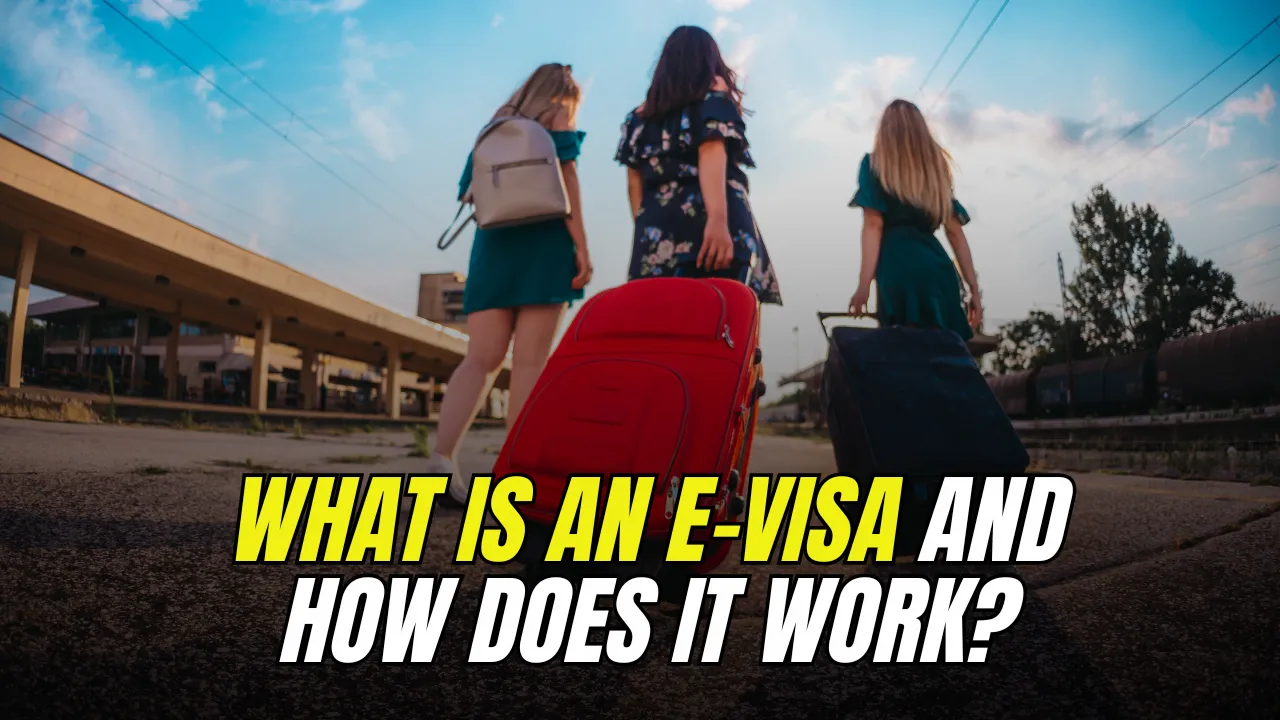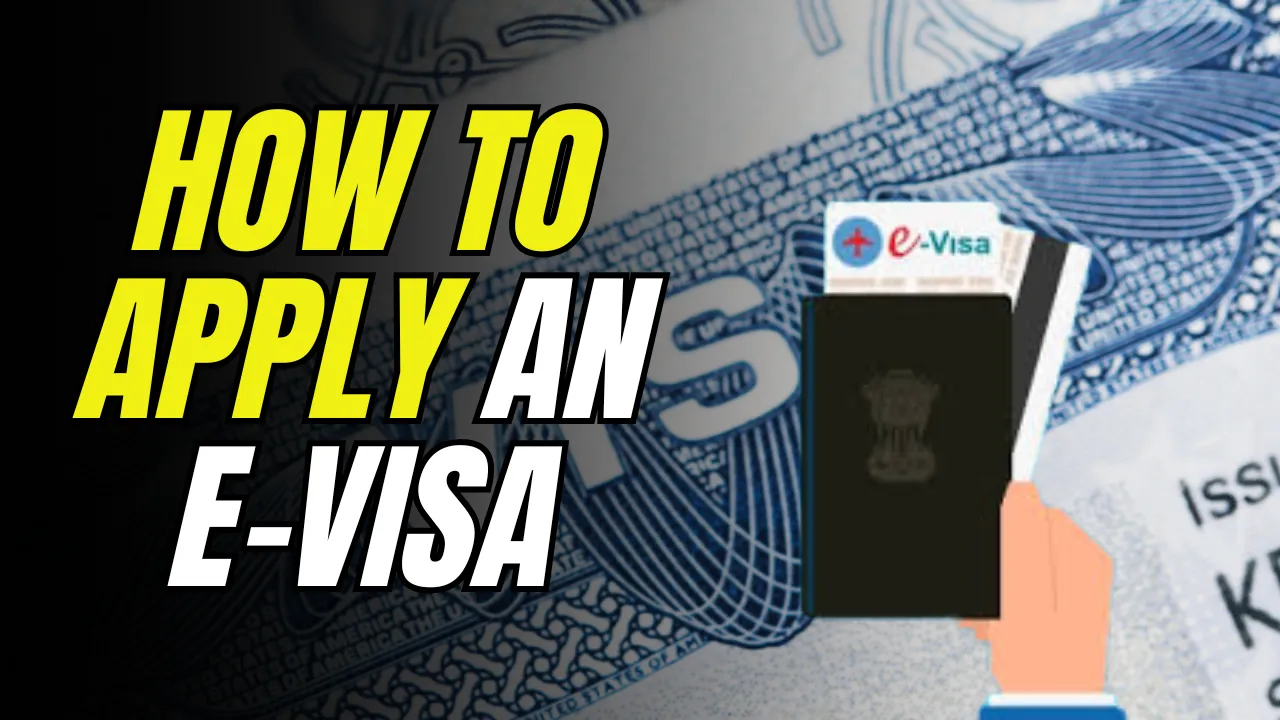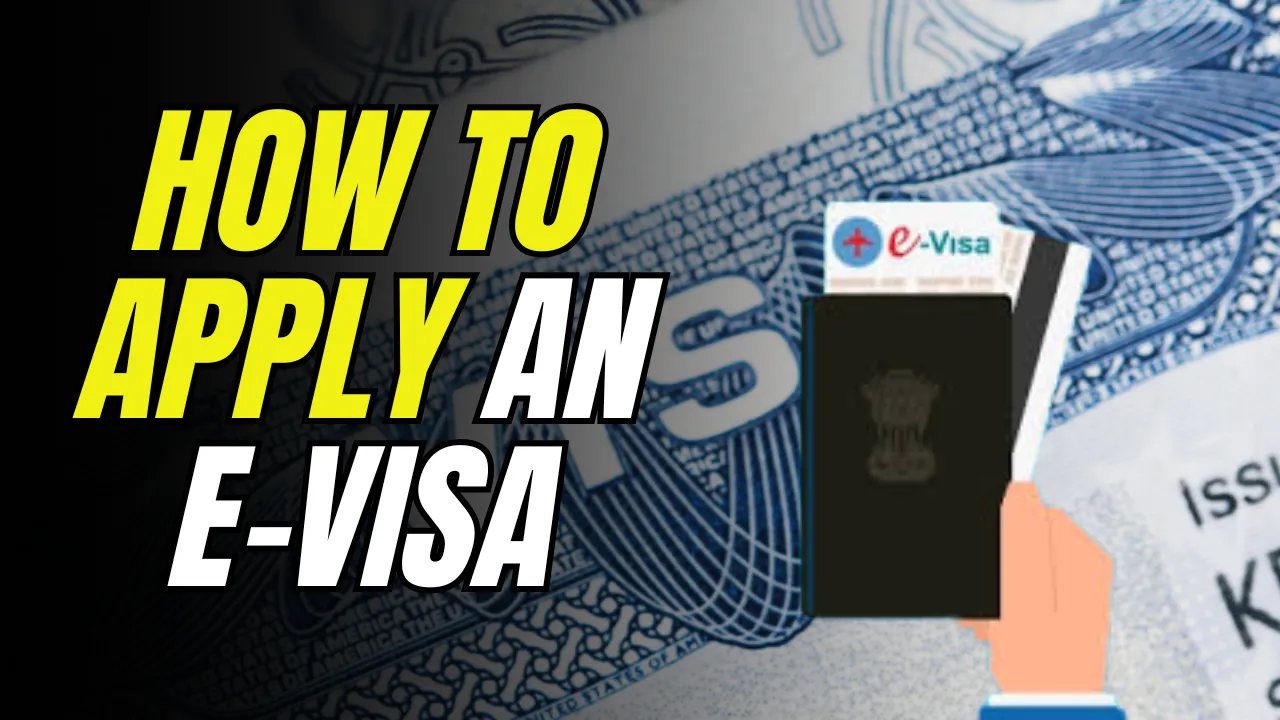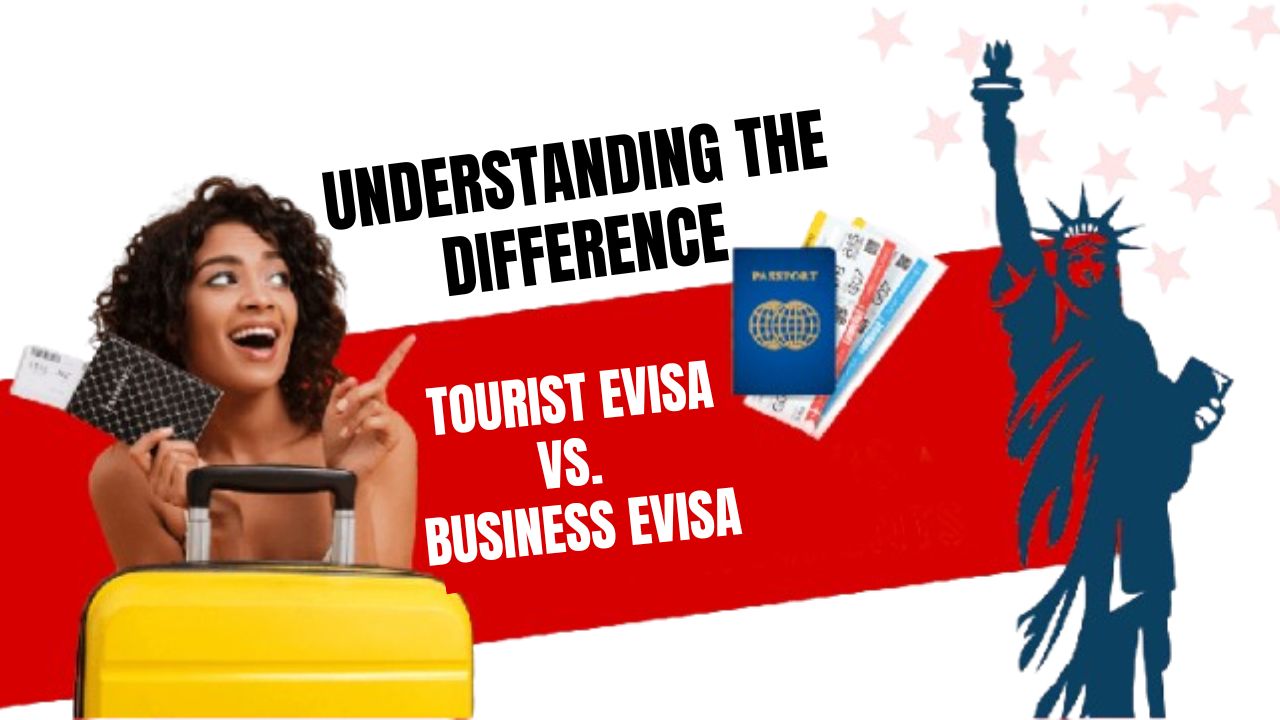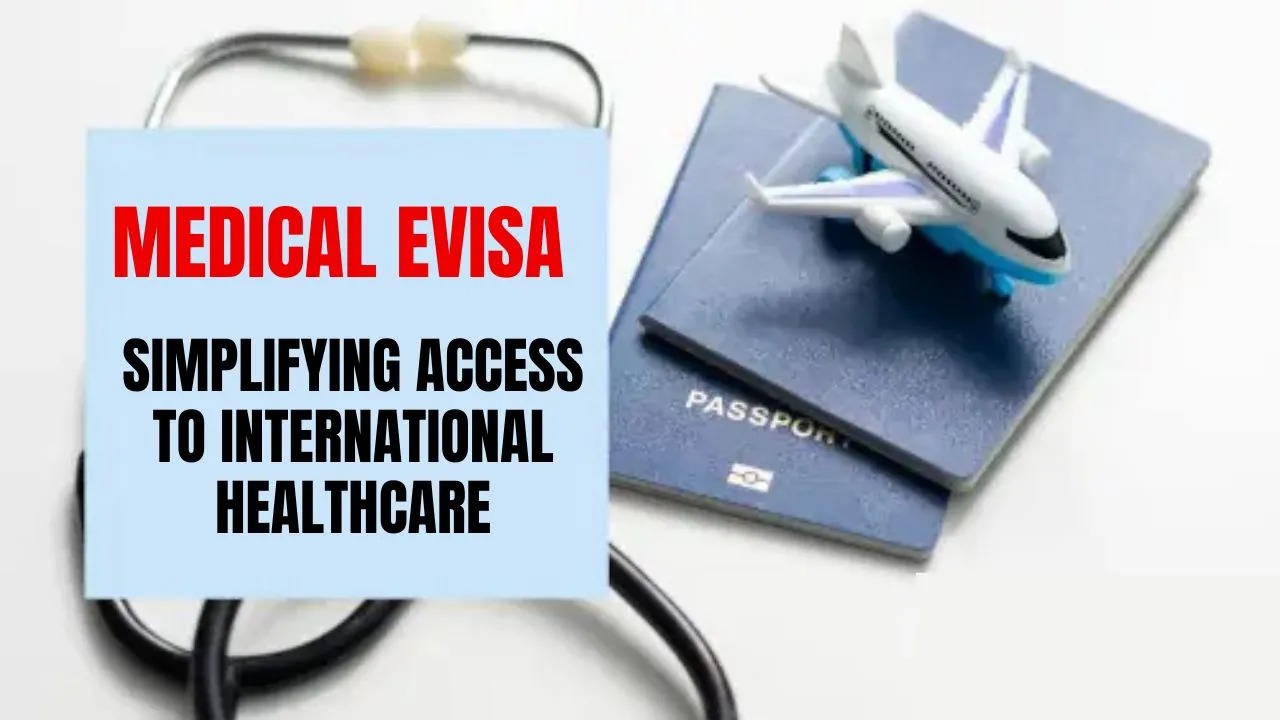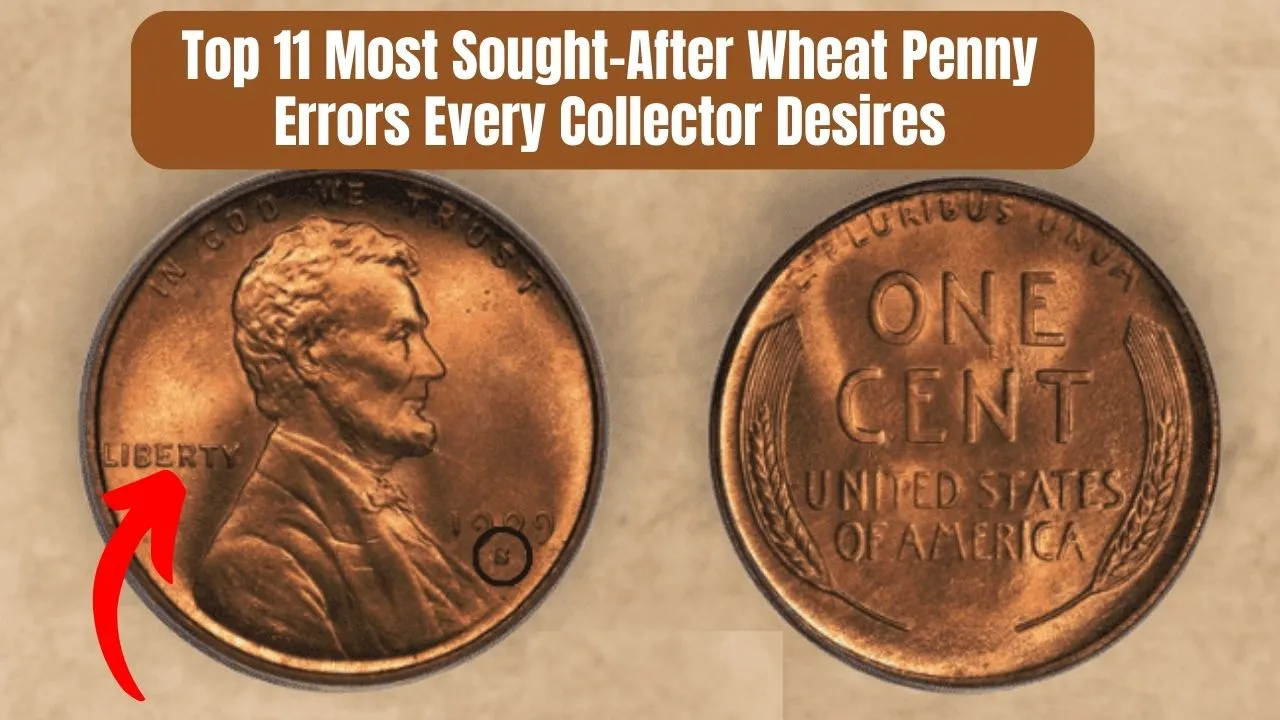Why Applying for an eVisa: The benefits of applying for an eVisa vs. traditional visa have made online applications a preferred option for many travelers. Unlike traditional visas, which require visiting an embassy or consulate, eVisas offer a faster and more convenient process that can be completed entirely online. This modern approach saves time, reduces paperwork, and is often more affordable.
This article compares eVisas and traditional visas, highlighting the key advantages of applying online. It covers factors such as faster processing times, ease of application, reduced paperwork, cost-effectiveness, and accessibility. It also outlines the common limitations of traditional visas and provides tips for a successful eVisa application.
Overview of eVisa and Traditional Visa
| Feature | eVisa | Traditional Visa |
| Application Method | Online from any location | In-person at an embassy or consulate |
| Processing Time | Faster, often within days | Longer, may take weeks |
| Paperwork and Documentation | Minimal, uploaded digitally | Extensive physical documents required |
| Cost | Generally lower | Higher due to administrative fees |
| Application Tracking | Online tracking available | Limited tracking options |
| Accessibility | Accessible from anywhere with internet | Restricted to embassy locations |
| Travel Flexibility | Often allows multiple entries | Typically single-entry or limited flexibility |
Key Benefits of Applying for an eVisa
Faster Processing Time
One of the main advantages of applying for an eVisa is the quicker processing time. While traditional visas can take several weeks, eVisas are often approved within a few days, and some countries even offer approval within hours.
This speed is especially beneficial for travelers planning last-minute trips or those with tight schedules. The online system also helps reduce delays caused by incomplete or misplaced documents.
Convenient Online Application Process
The eVisa application process is entirely online, making it more convenient than applying for a traditional visa. Travelers can complete the application from anywhere with an internet connection, eliminating the need to visit an embassy or consulate.
The process involves filling out an online form, uploading documents, and paying the fee digitally. This convenience saves time and allows applicants to apply at their own pace without waiting in long lines or scheduling appointments.
Reduced Paperwork and Documentation
eVisa applications require less paperwork than traditional visas. Instead of printing and submitting physical documents, applicants upload scanned copies of their passports, photos, and other required materials.
This digital process minimizes errors, reduces the risk of lost documents, and simplifies the overall application. It also makes it easier to provide any additional information requested during the review process.
Cost Comparison: eVisa vs. Traditional Visa
In most cases, applying for an eVisa is more affordable than applying for a traditional visa. The online process reduces administrative costs, which often results in lower fees. Additionally, applicants save money on transportation and courier services since there is no need to visit an embassy or mail physical documents.
This cost-effectiveness makes eVisas a more budget-friendly option for both tourists and business travelers.
Accessibility and Availability
The online nature of eVisas makes them accessible to travelers worldwide. Unlike traditional visas that require visiting specific embassy locations, eVisas can be applied for from anywhere with an internet connection.
This accessibility is especially beneficial for travelers living in remote areas or regions without easy access to embassies or consulates. It also removes the need for long-distance travel just to submit an application.
Security and Verification Process
Despite being applied for online, eVisas offer a secure and reliable verification process. Governments use advanced digital systems to verify the applicant’s identity and documents, ensuring that only eligible travelers receive approval.
Once issued, the eVisa is electronically linked to the applicant’s passport, reducing the risk of loss or forgery. This secure process helps maintain border security while providing a more efficient way for travelers to obtain authorization.
Travel Flexibility and Multiple Entry Options
Many eVisas offer flexible travel dates and multiple-entry options, allowing travelers to enter and exit the destination country multiple times within the visa’s validity period.
This flexibility is particularly useful for business travelers, frequent visitors, and those with uncertain travel schedules. In contrast, traditional visas often have stricter entry conditions and may limit the number of times a traveler can enter the country.
Common Limitations of Traditional Visas
Traditional visas come with several drawbacks that can make the application process more time-consuming and complicated. These limitations include:
- The need to visit an embassy or consulate in person, which can be inconvenient and costly.
- Longer processing times, often taking several weeks or even months.
- Extensive paperwork and documentation requirements, including physical copies of forms, photos, and supporting documents.
- Limited application tracking, making it difficult to monitor the status of the application.
- Higher processing fees due to administrative costs and in-person services.
Who Should Choose an eVisa?
eVisas are ideal for most travelers due to their speed, convenience, and affordability. They are particularly suitable for:
- Tourists and business travelers who need quick and easy travel authorization
- Travelers in remote areas with limited access to embassies or consulates
- Individuals who prefer a hassle-free, paperless application process
- Those planning short-term visits or multiple trips within a specific timeframe
However, travelers with complex travel needs, longer stays, or specific visa requirements may still need to apply for a traditional visa. In such cases, consulting the embassy or consulate is recommended to ensure the correct visa type is chosen.
Tips for a Smooth eVisa Application
- Ensure your passport is valid for at least six months beyond your travel dates.
- Double-check all information before submitting your application.
- Upload clear and accurate copies of required documents.
- Use a stable internet connection to avoid interruptions during the application process.
- Apply well in advance to account for any unexpected delays or additional document requests.
Final Thoughts
Choosing an eVisa over a traditional visa offers numerous benefits, including faster processing times, a simple online application process, reduced paperwork, and lower costs. With the added convenience of online tracking and increased accessibility, eVisas provide a more efficient and stress-free way to obtain travel authorization.
For most travelers, the eVisa is the preferred option, offering both flexibility and affordability without the need for in-person visits or extensive paperwork. By following the tips provided, applicants can ensure a smooth and successful eVisa application, making their travel experience easier and more enjoyable.
